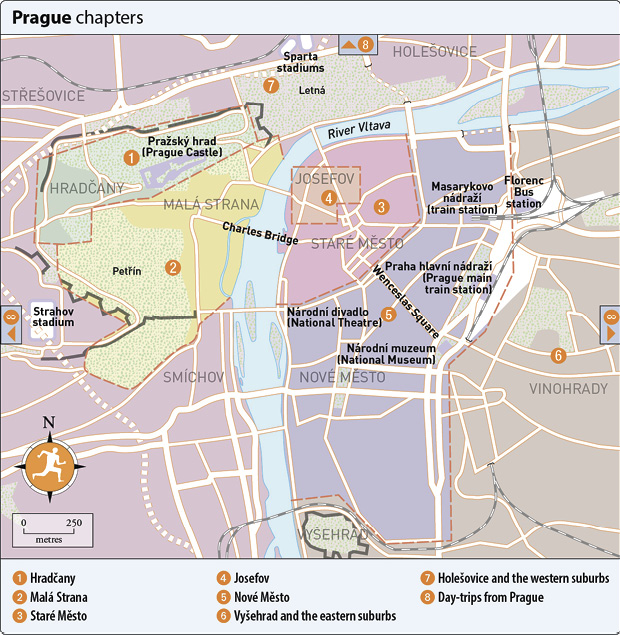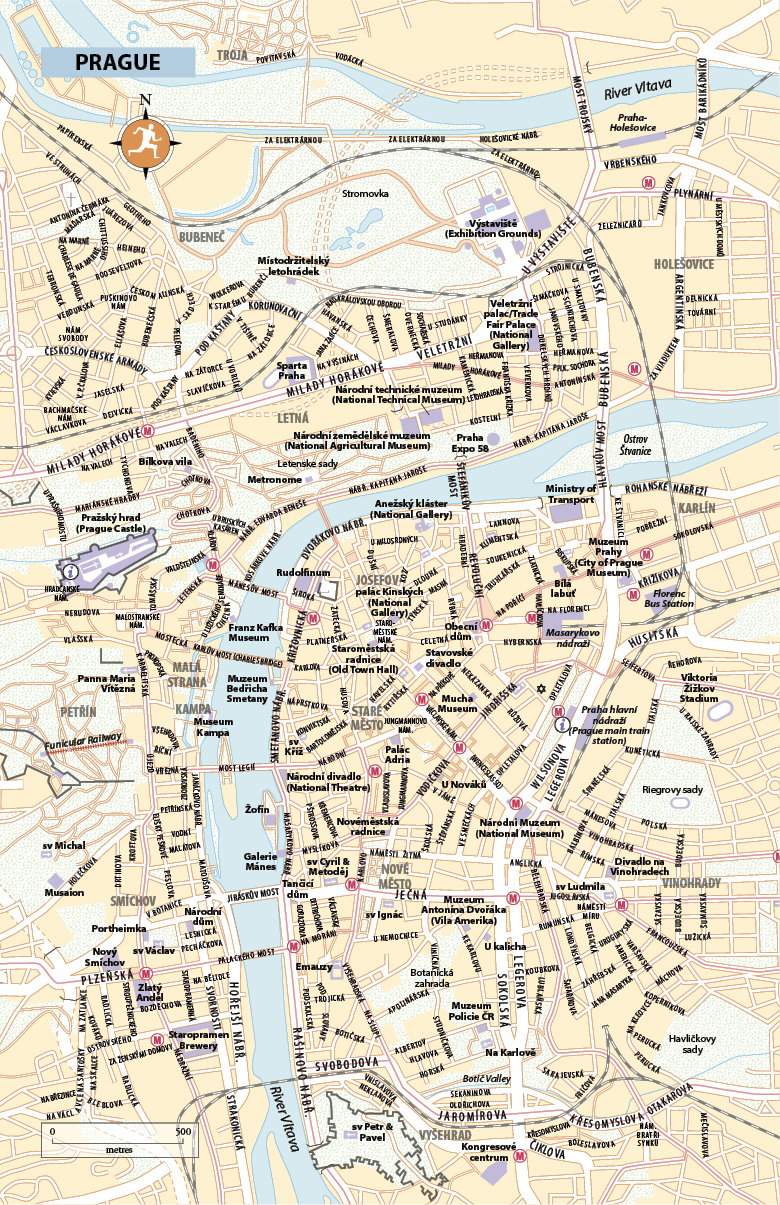Rough Guides - The Rough Guide to Prague
Here you can read online Rough Guides - The Rough Guide to Prague full text of the book (entire story) in english for free. Download pdf and epub, get meaning, cover and reviews about this ebook. year: 2018, publisher: Rough Guides, genre: Home and family. Description of the work, (preface) as well as reviews are available. Best literature library LitArk.com created for fans of good reading and offers a wide selection of genres:
Romance novel
Science fiction
Adventure
Detective
Science
History
Home and family
Prose
Art
Politics
Computer
Non-fiction
Religion
Business
Children
Humor
Choose a favorite category and find really read worthwhile books. Enjoy immersion in the world of imagination, feel the emotions of the characters or learn something new for yourself, make an fascinating discovery.
- Book:The Rough Guide to Prague
- Author:
- Publisher:Rough Guides
- Genre:
- Year:2018
- Rating:5 / 5
- Favourites:Add to favourites
- Your mark:
The Rough Guide to Prague: summary, description and annotation
We offer to read an annotation, description, summary or preface (depends on what the author of the book "The Rough Guide to Prague" wrote himself). If you haven't found the necessary information about the book — write in the comments, we will try to find it.
Inside The Rough Guide to Prague
- Independent, trusted reviews written in Rough Guides trademark blend of humour, honesty and insight, to help you get the most out of your visit, with options to suit every budget.
- Full-colour maps throughout - navigate the winding cobbled streets of the Old Town as well as the metro, tram and bus systems without needing to get online.
- Stunning, inspirational images
- Itineraries - carefully planned, themed routes to help you organize your trip and see the very best of the city.
- Detailed coverage - whether negotiating the twisting lanes of the centre or on a day-trip to the magnificent Karltejn Castle, this travel guide has in-depth practical advice for every step of the way. Areas covered: Hradcany, Mal Strana, Star Mesto, Josefov, Nov Mesto, Vyehrad and the eastern suburbs, Holeovice and the western suburbs, day-trips to Melnk, Terezn and Kutn Hora, Konopite chateau, Karltejn Castle and Lidice. Attractions include: Wenceslas Square, astronomical clock, Charles Bridge, Prague Castle, Old Town Square) Obecn Dum, Trade Fair Palace, UPM, Petrn.
- Listings - a rundown of the best accommodation (from budget to luxury), cafs and restaurants, pubs and bars, plus clubs and live music, the arts, shopping and sports.
- Basics - essential pre-departure practical information including getting there, local transport, a new city tours section, the media, festivals, entry requirements, public holidays and more.
- Background information - a Contexts chapter devoted to history, Prague personalities, and books, plus a handy language section and glossary.
Make the Most of Your Time on Earth with the Rough Guide to Prague
Rough Guides: author's other books
Who wrote The Rough Guide to Prague? Find out the surname, the name of the author of the book and a list of all author's works by series.

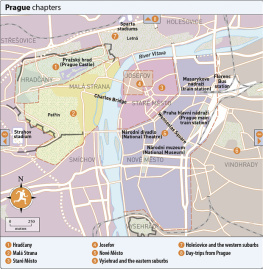

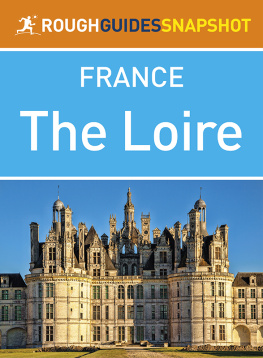
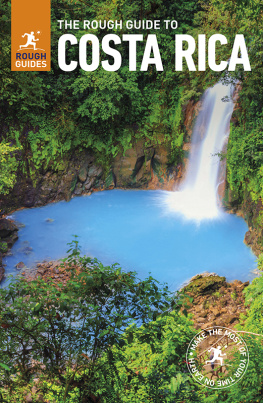
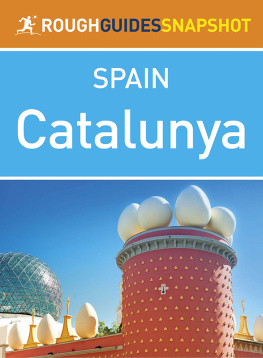
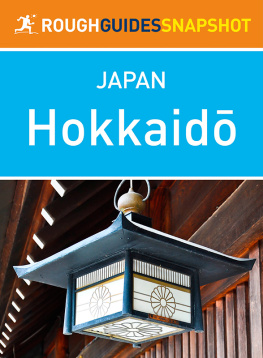
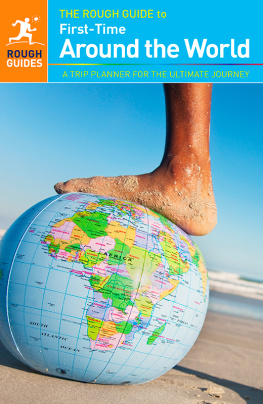



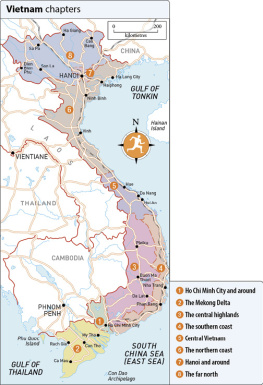




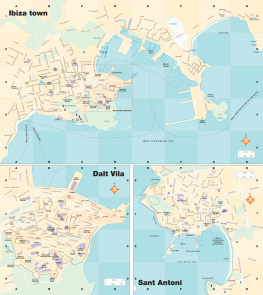

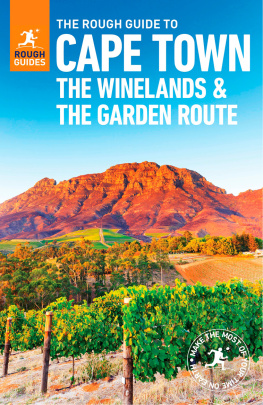

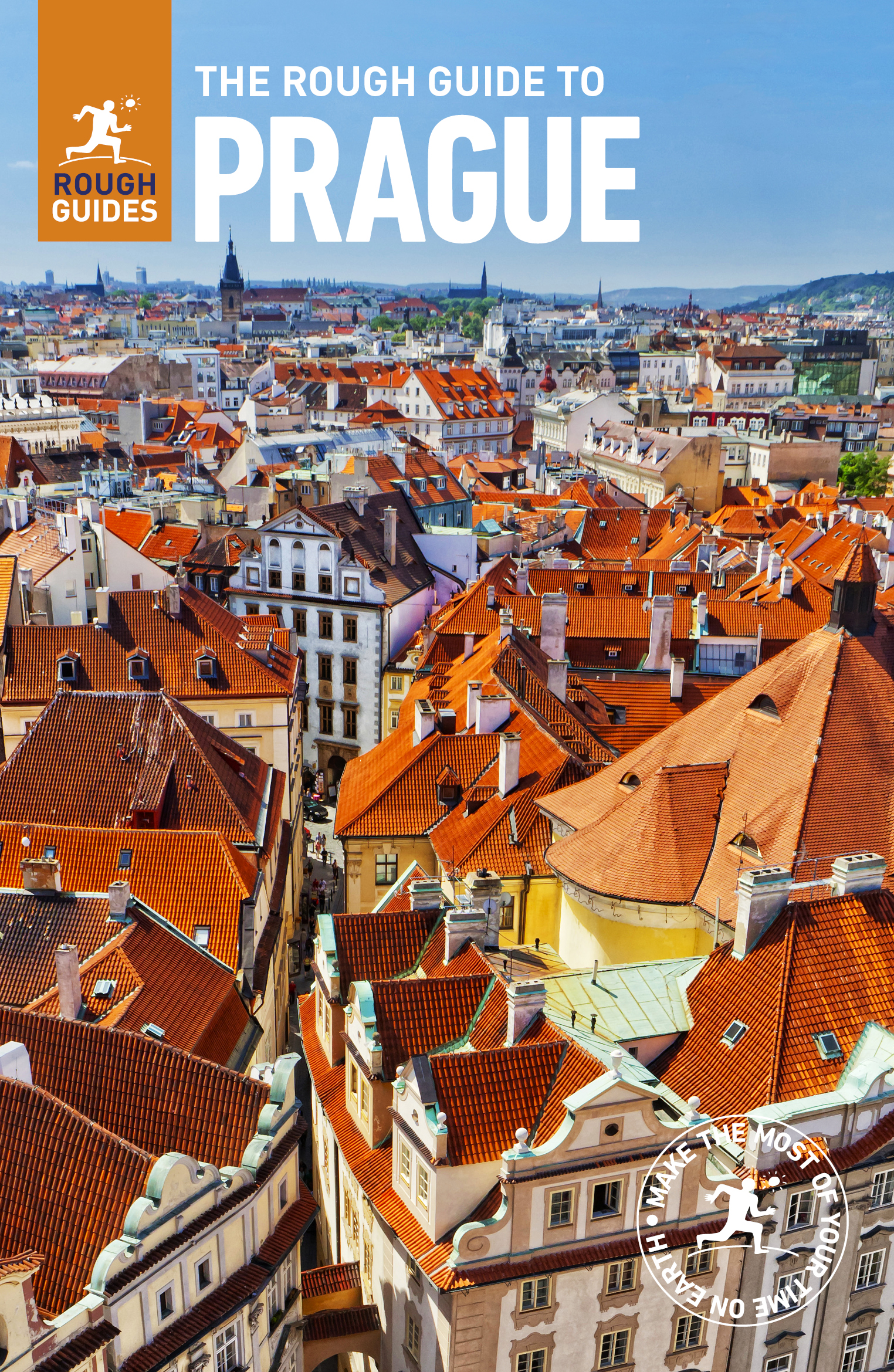
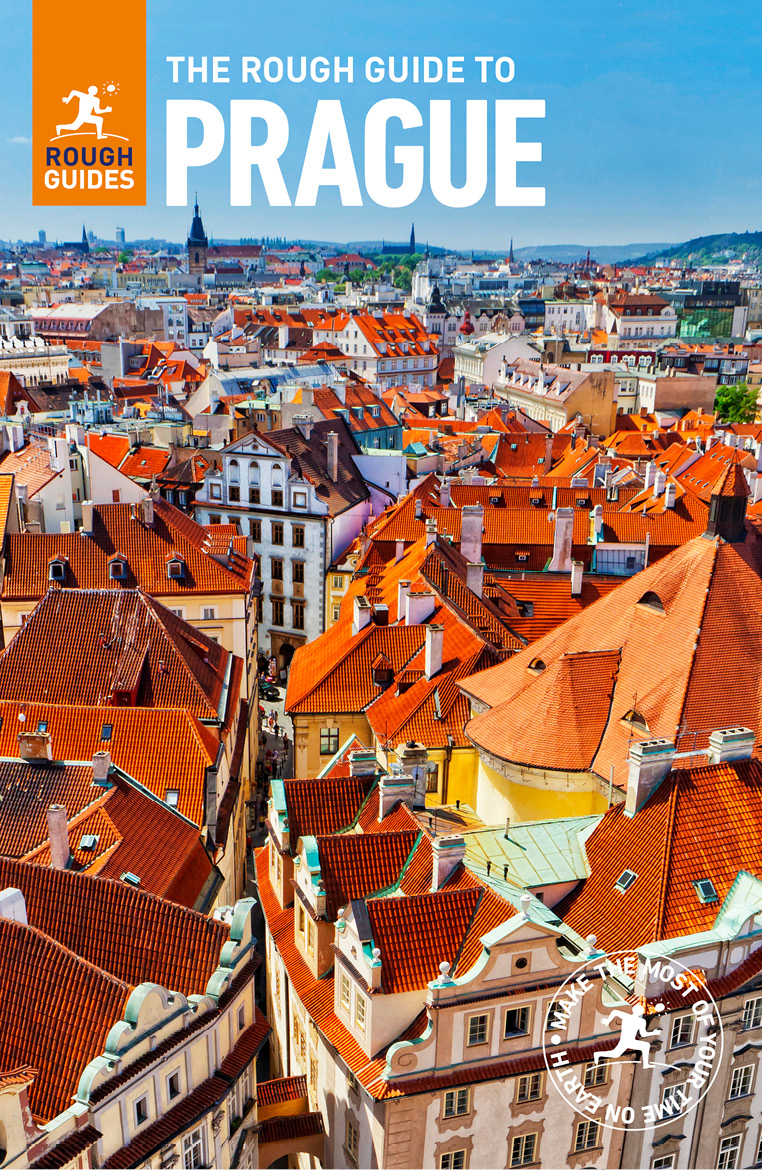
 . You can select your own favourites and create a personalized itinerary by bookmarking the sights, venues and activities that are of interest, giving you the quickest possible access to everything youll need for your time away.
. You can select your own favourites and create a personalized itinerary by bookmarking the sights, venues and activities that are of interest, giving you the quickest possible access to everything youll need for your time away.